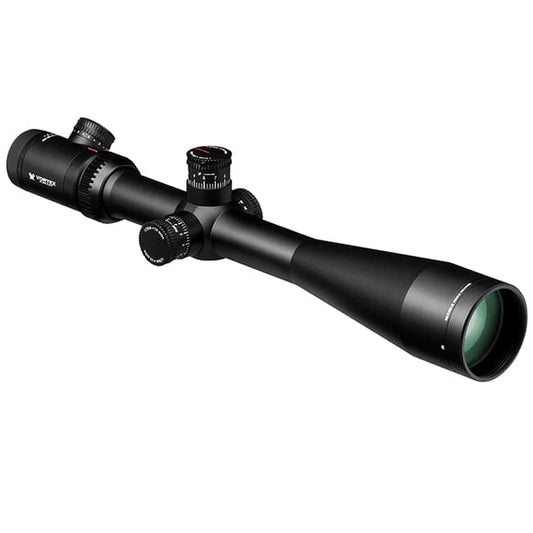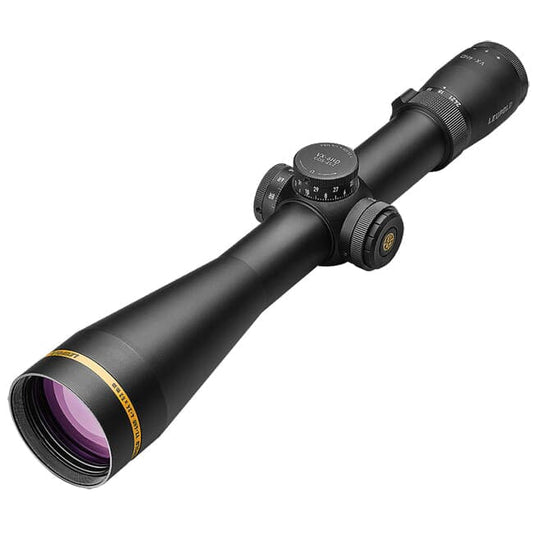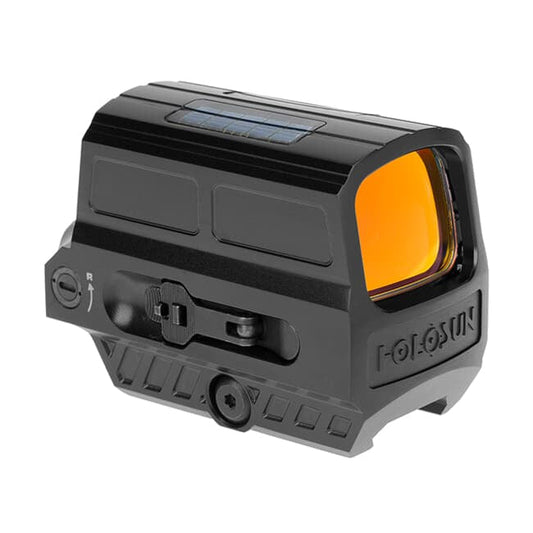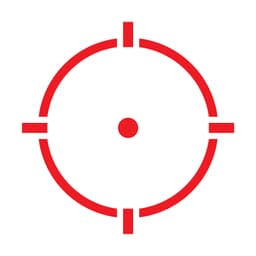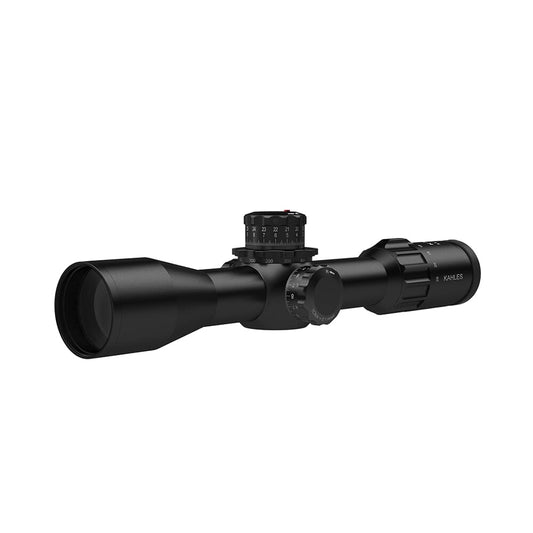

Kahles K328i 3.5-28x50mm CCW MSR2 Riflescope offers precise optical performance for serious shooters. With a first focal plane reticle, you can rely on accurate holdovers at any magnification. The innovative Zero Stop feature allows quick return to your original zero, enhancing your shooting confidence. This scope features a 40% wider field of view compared to similar models, making it easier to locate and track targets, whether you're in the field or on the range.
Designed for low-light conditions, the illuminated reticle provides clarity and visibility at dawn or dusk. The robust construction ensures durability in challenging environments, while the comfortable eye box minimizes strain during extended sessions. With parallax adjustment integrated into the elevation turret, the Kahles K328i delivers seamless precision, from 20 meters to infinity, ensuring you hit your mark every time.
Features:
- ENHANCED FIELD OF VIEW for quicker target acquisition - 40% wider than similar scopes.
- COMFORTABLE EYE BOX reduces eye strain - Perfect for extended shooting sessions.
- PRECISE ILLUMINATED RETICLE for clear visibility - Ideal for low-light conditions.
- ZERO STOP FUNCTION returns to original zero - Ensures repeatable accuracy every time.
- TWIST GUARD PROTECTION on windage turret - Prevents accidental adjustments.
- FIRST FOCAL PLANE DESIGN maintains scale - Allows accurate holdovers at any magnification.
- WINDAGE ADJUSTMENT on both sides - Customize to your preference for convenience.
- ROBUST CONSTRUCTION ensures durability - Built to withstand tough conditions.
Technical Specifications Table
| Specification | Details |
|---|---|
| SKU | 10694-Kahles |
| Magnification Range | 3.5x - 28x |
| Lens Diameter | 50mm |
| Weight | 36.7 oz |
| Eye Relief | 3.62 in. |
| Field of View | 42.9ft. - 5.4ft. @ 100yds. |
| Parallax Adjustment | 20 - Infinity |
| Elevation Turret Details | 34 MIL |
What’s in the Box?
- Lens covers
- Padded case
- Neck strap
Customer Reviews
"The K328i has transformed my long-range shooting. The clarity is unmatched!" - John D.
"I love the Zero Stop feature. It gives me peace of mind knowing I can return to my zero!" - Mike T.
"Best scope I've ever owned, perfect for all my precision shooting needs!" - Sarah L.
FAQ
How does the Kahles K328i perform in low light conditions?
The illuminated reticle ensures that your target is always visible, even in dim lighting. This makes it a top choice for early morning or late evening hunts.
Is this riflescope suitable for beginners?
Absolutely! The intuitive design and features like the Zero Stop make it user-friendly while still offering advanced capabilities for seasoned shooters.
How does the K328i compare to other brands?
With its patented technology and superior optical performance, the Kahles K328i stands out among competitors in the long-range optics market, delivering unmatched clarity and functionality.
Similar Models
Looking for the perfect companion to your Kahles K328i? Explore our extensive Kahles lineup, including models like the Kahles K624i for even longer ranges and the K16i for a compact option. Discover our full collection for exceptional optics tailored to your adventures.
You May Also Like
Here’s some of our most similar products people are buying. Click to discover trending style.







